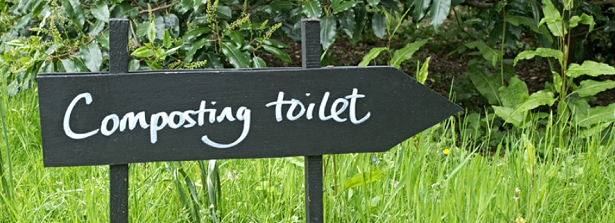
Context
Our global food system has created a number of challenges at the nexus of agriculture, sanitation, and water quality. Many soils are in poor health; mined of nutrients from decades of farming, or lacking them to begin with. This is particularly true for sub-Saharan Africa where poor soils throughout the region are a driver of low yields and resultant undernutrition (SDG 2) and poverty (SDG 1). Yet the high costs of fertilizers (African farmers pay two to six times the global average for fertilizer) mean that African farmers can only apply 17 kg of fertilizer per hectare, relative to a global average of 135 kg.
In other parts of the world, notably North America and China, overuse of chemical fertilizers leads to runoff that pollutes lakes and rivers. When combined with nutrients released in treated sewage from cities, this influx of nutrients causes anoxic “dead zones” in aquatic ecosystems (SDG 14). In 2019, the US National Oceanic and Atmospheric Administration (NOAA) predicted the dead zone in the Gulf of Mexico to be notably large, as the area received excess nutrients from the Mississippi, North America’s largest river.
One innovative solution to both these problems is to recapture nutrients lost as human “waste” and properly treat them for use in agroecological systems. In the context of sub-Saharan Africa, container-based sanitation offers many co-benefits. First, it is a modern way to provide sustainable sanitation systems to 319 million people currently lacking it (SDG 6), with the potential to be deployed both in cities and rural areas. Secondly, it offers a new growth sector for the economy, with waste collection and treatment potentially employing a large number of people (SDG 8), while supplying a more affordable, locally produced source of greatly needed fertilizer. In addition to fertilizer, waste-to-value chains can produce other outputs, such as energy and insects for animal feed.
In wealthy countries, existing sewer system infrastructure is expensive to run and maintain. It intentionally combines waste with vast amounts of potable fresh water, and then further combines household effluents with toxic runoff from industrial facilities and storm water. As climate change (SDG 13) reduces the availability of freshwater, water-scarce cities like Los Angeles, El Paso, and Phoenix rely more and more on water recovered from treated sewage for drinking, industrial uses, and agricultural uses, again with great costs to build and maintain the required infrastructure. Alternative innovations in managing human “waste” and recovering what is valuable is therefore relevant for all countries.
- This event has passed.

